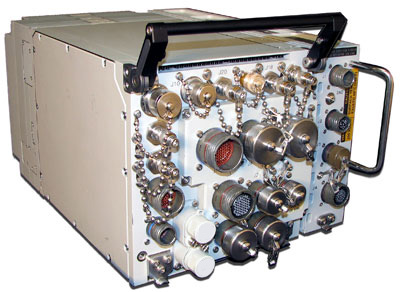 Portugal’s Minister of Defence is pushing ahead with upgrading the Armed Forces’ F-16 fighter aircraft with an €8.7 million spend on modernising their communications systems.
Portugal’s Minister of Defence is pushing ahead with upgrading the Armed Forces’ F-16 fighter aircraft with an €8.7 million spend on modernising their communications systems.
Many of the F-16s are nearing the end of their useful lives, they entered service in 1994, and the Airforce has 30 of these fighters left on its books.
The new spend will be spread between now and 2020 and was authorised by Minister, José Azeredo Lopes, on August 28 and published on September 25th in Diário da República.
The upgrade includes installation of 30 Multi Tactical Information Distribution Systems (MIDS-JTRS)* from Datalink Solutions which, says the ministry, is "crucial for the interoperability of aircraft in all current theatres of operation."
The MIDS-JTRS system will allow the F-16s to communicate with additional in-flight aircraft and with land-based operation control.
Portugal bought 20 new F-16s in 1994 and 25, second-hand ones, in 1997. The government sold 12 F-16s to Romania for €160 million with the first six delivered to its Air Force in 2016. This leaves three, whose status is not revealed.
The official working life of the Portuguese F-16 is to 2030 but European countries including Belgium, the Netherlands, Norway and Denmark already have decided to purchase fifth-generation fighters rather than rely on the old ones.
Portugal is not expected to make a decision until 2020 on the future of the nation’s fighter capability but in the meantime, the Government is modernising the F-16s to extend their useful life.
__________
* The MIDS Joint Tactical Radio System (JTRS) is a 4-channel radio designed to run the complex Link 16 waveform and up to three additional communication protocols, including the Airborne Networking Waveform (ANW). The terminal will also be able to host and provide the necessary computer processing to run routing and platform specific applications, allowing for lower cost integration into host platforms.
By utilizing software applications for expanded capability, the MIDS JTRS terminal enables enhanced operational effectiveness without consuming additional space, weight or power. Aircraft such as fighters, tankers, transport, command and control and rotary wing, along with maritime and fixed sites, are all potential users of the new communication and data link terminal.























